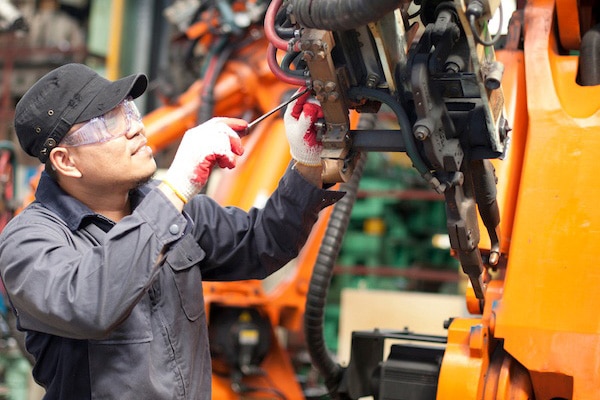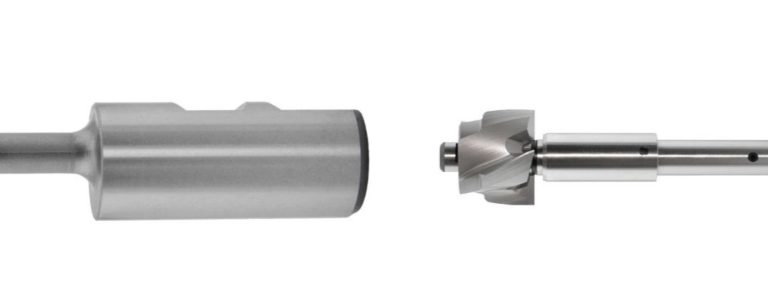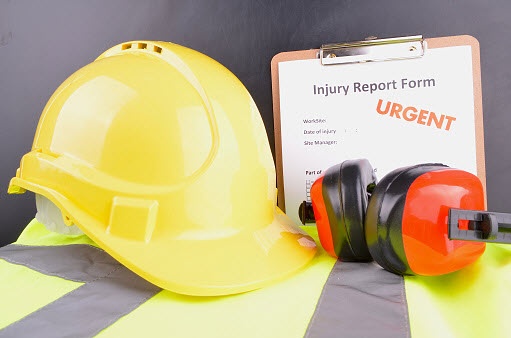4-ways-to-create-a-more-ergonomic-manufacturing-workplace
Work-related musculoskeletal disorders (MSDs) are common in manufacturing – in fact, according to OSHA, they are among the most frequently reported causes of lost or restricted work time. MSDs, such as carpal tunnel syndrome, tendinitis, epicondylitis and several other types of muscle strains account for 33% of reported worker injury and illness cases. Is your workplace doing its part to ensure the prevention of such injuries? Here are four ways you can help ensure a more ergonomic manufacturing workplace.
1: Know The Risk Factors
The first step is having an awareness of the risk factors that lead to MSD injuries. Here’s a look at some processes that are among the most problematic:
- Excessive force – lifting, moving or pulling heavy objects
- Repetitive tasks – performing the same motion over and over again
- Prolonged/awkward postures – working in positions that place stress on the body (kneeling, leaning, squatting, reaching inside a machine, etc.)
- Cold temperatures – working in a chilled environment
- Exposure to vibrations – either whole-body or hand-arm vibrations
2: Perform a Job Hazard Analysis
What are potential problems in your work environment that can lead to musculoskeletal disorders? A good first step is to perform a job site assessment, which evaluates the relationship between the worker, the task, the tools, and the work environment. Also be sure to review your firm’s accident history. Then observe and identify the above processes that are known to be problematic, starting with jobs that have the highest potential for injury. Check out this comprehensive guide from OSHA on more specific steps you can take.
3: Include Both Workers and Managers in Solution Development
Implementing ergonomic processes not only ensures good morale, but contributes to your manufacturing firm’s productivity. That means it’s in everyone’s best interest to develop solutions that reduce the chance of injuries and keep things running smoothly. These solutions should not come from the top-down – in fact, just the opposite. Employees are the ones who are likely to have the best insights on specific machines, tasks and the processes that surround them. Be sure to do the following in your approach:
- Invite workers to participate in your worksite assessment, and encourage them to develop, implement and measure the effectiveness of solutions.
- Discuss the risk factors for MSDs and welcome employees to voice their concerns and offer ideas for reducing risk factors.
- Offer regular training on new ergonomic techniques, and be sure workers have resources in place for early reporting of injuries, so early symptoms don’t turn into lost-time claims.
4: Implement Ergonomics Solutions to Control Hazards
Of course, for every industry, every manufacturing floor, there comes a unique set of tasks and processes that may require custom solutions that help reduce MSD injuries. In some cases, this could mean modifying or upgrading existing equipment; while in others, it’s a matter of making changes in methods (such as more frequent staff rotations).
Another solution might be purchasing new tools or devices to assist in production. Reverse machining tools from Steiner Technologies, for example, minimize the need to break down and re-fixture a part, instead allowing machinists to reach through the part to machine the opposite side of it. Automating processes often reduces the risk of injuries as well: the Autofacer®, for instance, helps workers avoid awkward movements; it prevents the need for entering a machine to affix a cutter head that will perform a reverse counter bore. Watch the Autofacer in action right here.
Learn more now about ergonomic solutions and controls for MSD hazards, along with manufacturing success stories (segmented by industry) from the U.S. Department of Labor Or, for additional tips that will help your manufacturing firm adopt more ergonomic solutions, don’t miss our recent blog, Approaching Change Management in Manufacturing







